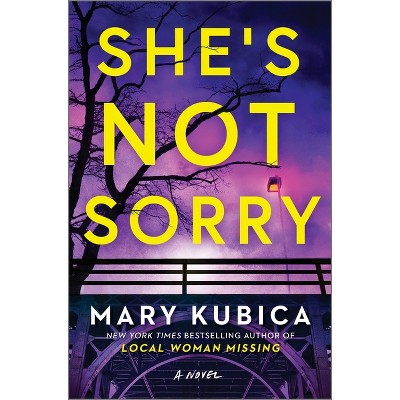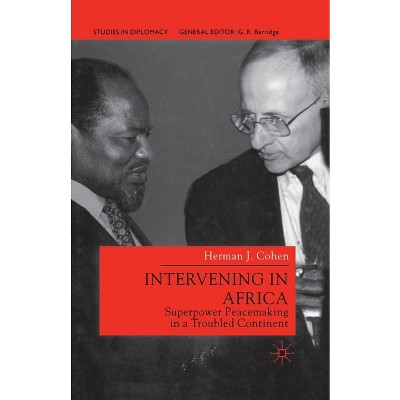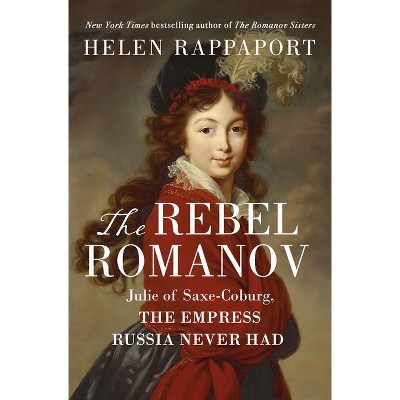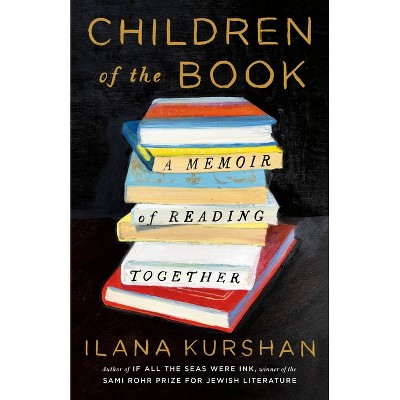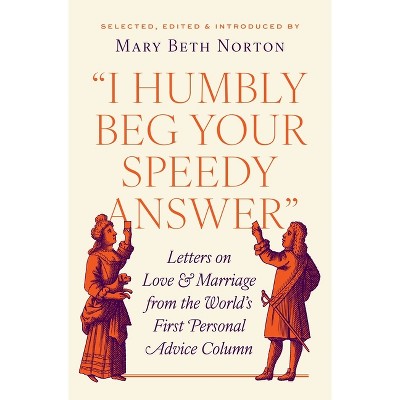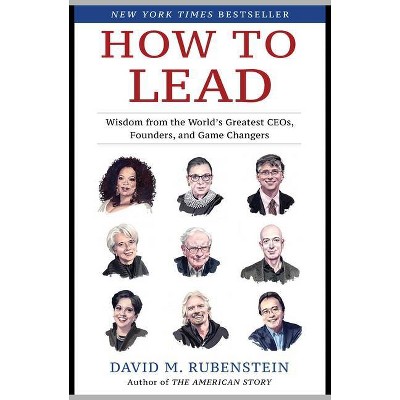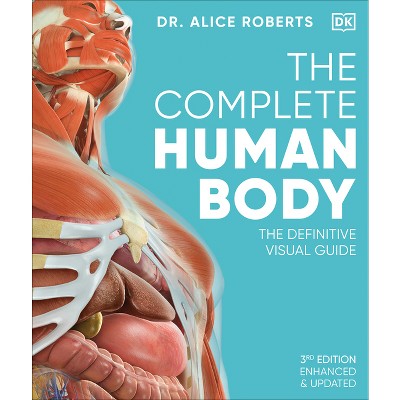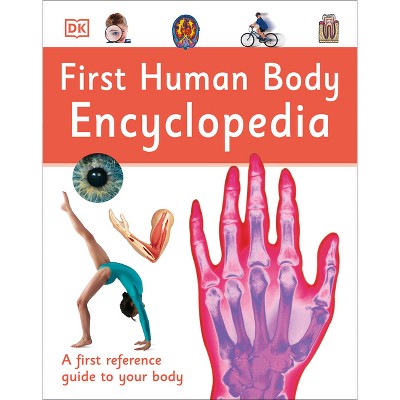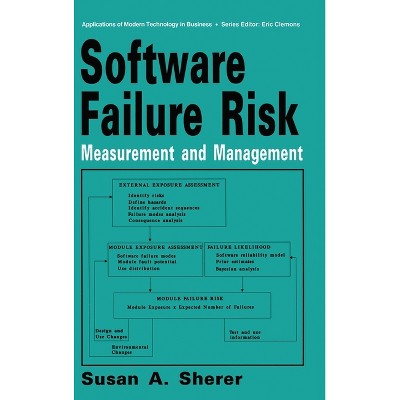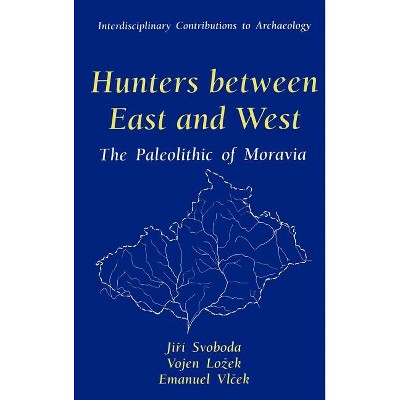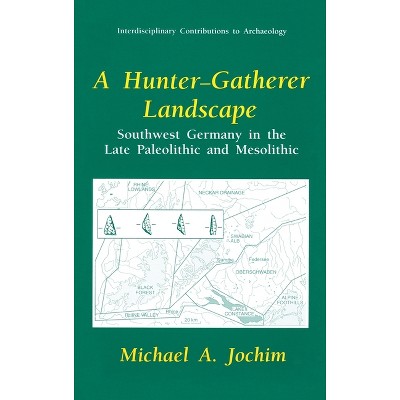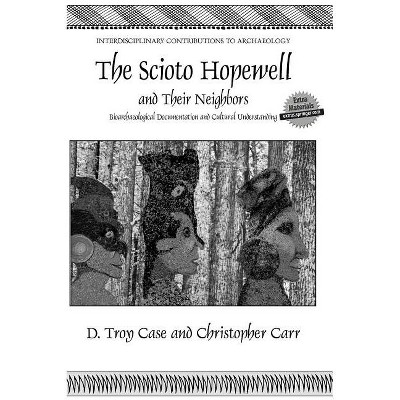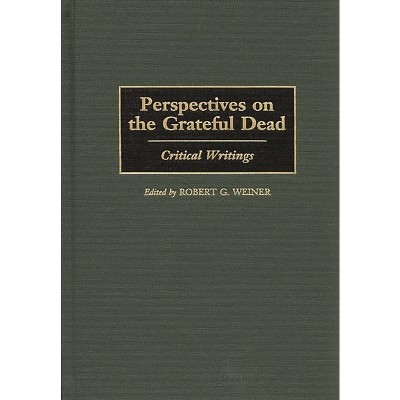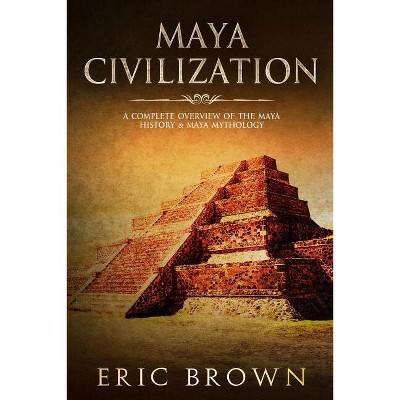Sponsored

New Perspectives on Human Sacrifice and Ritual Body Treatments in Ancient Maya Society - (Interdisciplinary Contributions to Archaeology) (Paperback)
In Stock
Sponsored
About this item
Highlights
- The central goal of this book is to contribute to the timely discussion and understanding of Maya sacrifice and related posthumous body manipulation.
- Author(s): Vera Tiesler & Andrea Cucina
- 320 Pages
- Social Science, Death & Dying
- Series Name: Interdisciplinary Contributions to Archaeology
Description
About the Book
This lavishly-illustrated book brings together archaeologists as well as anthropologists, forensic anthropologists, art historians and bioarchaeologists for a wider exploration into Mayan sacrifice and related posthumous body manipulation.
Book Synopsis
The central goal of this book is to contribute to the timely discussion and understanding of Maya sacrifice and related posthumous body manipulation.
Most school children in the US learn about the Maya and their practices based on their cultural and religious beliefs in their Social Studies classes. But a number of new sites have been discovered, giving an interdisciplinary group of researchers a channel to discuss these acts and their meaning.
The editors bring together not only archaeologists but anthropologists, forensic anthropologists, art historians and bioarchaeologists, giving the volume a more complete perspective on these sites and the material culture and biological evidence found there.
The field of archaeology is growing to include the physical remains of ritual practice along with the material remains and this book can be seen as an example of who the study of ancient civilizations can be more comprehensive. Additionally, this is an international volume with scholars from the area studied which is becoming more and more important in archaeological research. This will be of interest to students studying Mayan and Mesoamerican culture as well as those interested in bioarchaeology and human sacrifice.
From the Back Cover
Human sacrifice among the ancient Maya is a topic of widespread interest. It has triggered awe and romanticism in the general public, which often leads to unfounded myths misjudgments.
This book dispels those myths by bringing together an international group of both well-established scholars and accredited young experts in the field to provide a fresh, objective look at ritual violence in the Mayan realm from an academic perspective. These experts offer examine new evidence of of human sacrifice in Classic and Postclassic period sites like Calakmul and the Sacred Cenote of Chichen Itz, as well as cave contexts from Belize.
The contributions analyze meanings, agents, occasions, and sacrificial procedures, along with post-sacrificial body processing. They address questions about the recognition and interpretation of ancient Mayan sacrificial behavior with a multidisciplinary approach.
Generalized issues of provenance and the social and health status of sacrificial victims are presented, as well as a joint discussion that gives the work an updated, Continental scope. This will be of interest to students studying Mayan and Mesoamerican culture as well as those interested in bioarchaeology and human sacrifice.
Shipping details
Return details
Frequently bought together
